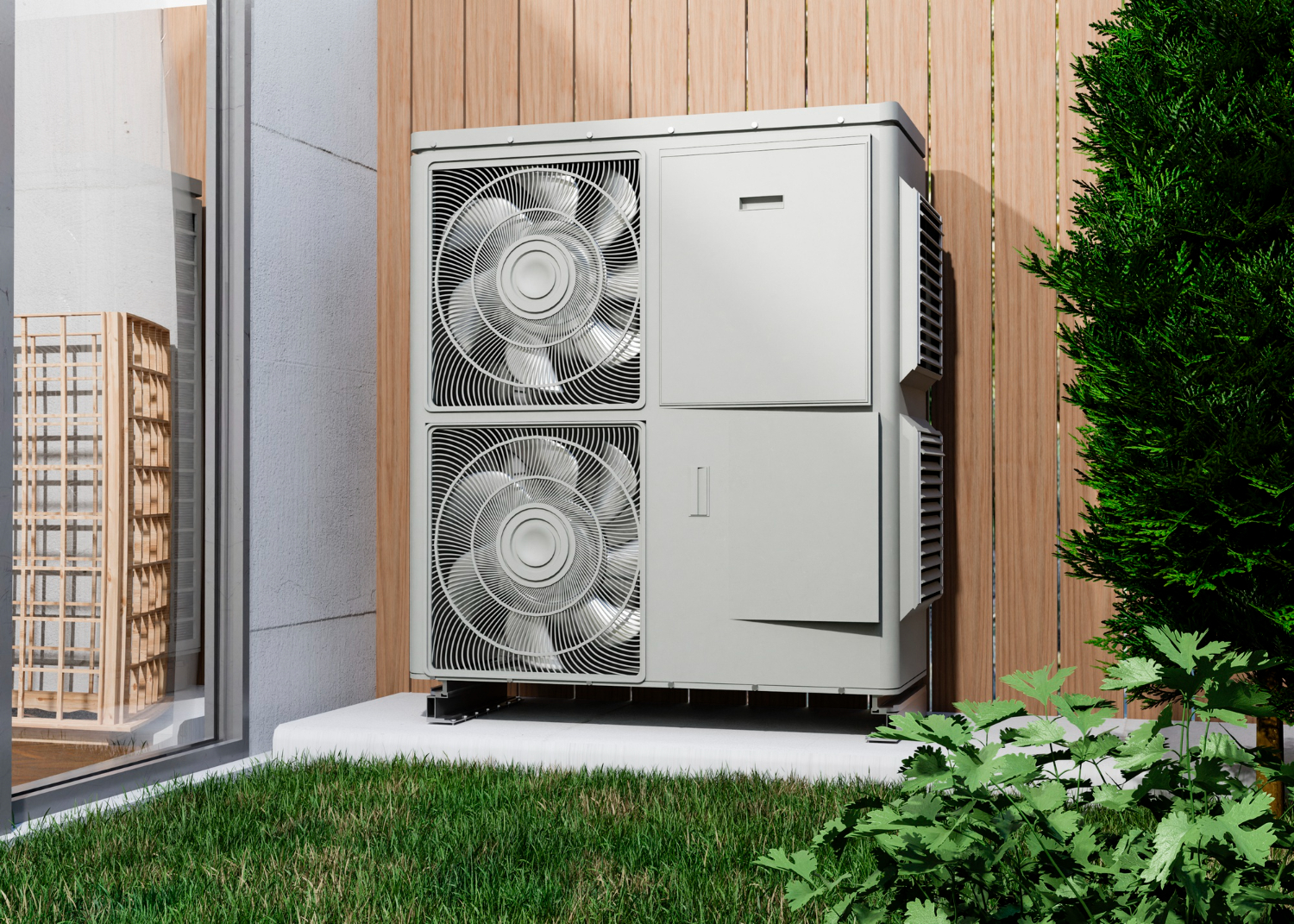
Many homeowners wonder about the type of heating system they have and how it works. Knowing the difference between heat pumps and forced air systems helps you make better decisions about repairs, upgrades, and energy costs. This guide breaks down the main differences between these two popular heating methods. A qualified HVAC team can help identify the type of system you have and explain how it operates. We’ll cover how each system works, its efficiency levels, climate needs, and costs to help you understand your home’s heating setup.
Understanding Heat Pumps Vs Forced Air
Heat pumps and forced air systems work in different ways to heat your home. Heat pumps move heat from outside air or ground into your house during winter and reverse this process for cooling in summer. They don’t create heat but transfer it from one place to another. Forced air systems use a furnace that burns fuel or uses electricity to create heat. This heated air then travels through ducts to warm your rooms. Heat pumps work year-round for both heating and cooling, while forced air systems typically need separate air conditioning units for cooling.
Types of Heat Distribution Systems
Two main types of systems distribute heat in homes. Forced air systems push heated air through ducts and vents into each room. This method heats spaces quickly and works with central air conditioning. Radiant heating systems warm floors, walls, or ceilings directly. These heated surfaces then warm the air and objects in the room. Forced air systems are more common because they’re easier to install and cost less upfront. Radiant systems provide more even heat but cost more to install and work better in some room layouts than others.
Efficiency and Energy Usage Comparison
Heat pumps use less energy than most forced air systems. Forced air systems burn gas or use electric coils to make heat, which uses more energy. Heat pumps move existing heat, making them more efficient. Heat pump efficiency is measured by COP (coefficient of performance), which shows the amount of heat produced per unit of electricity used. Most heat pumps produce 2-4 times more heat energy than the electricity they use. This makes them cheaper to run in most climates. Gas furnaces can be efficient, too, but electric furnaces use much more energy than heat pumps.
Climate Suitability Considerations
Your local climate affects which system works best. Heat pumps work great in mild climates where temperatures stay above 25°F most of the time. They struggle when it gets very cold because there’s less heat in the outside air to extract. Forced air systems with gas or electric furnaces work well in any climate, including very cold areas. If you live where winter temperatures often drop below 20°F, a furnace might be more reliable. Some newer heat pumps work better in cold weather, but they cost more than standard models.
Installation and Maintenance Requirements
Both systems need professional installation, but have different requirements. Heat pumps need both indoor and outdoor units connected by refrigerant lines. Installation is more complex and usually costs more. Maintenance includes changing filters, checking refrigerant, and cleaning outdoor coils. Forced air systems are simpler – just a furnace and ducts. Installation typically costs less, and maintenance mainly involves changing filters and annual furnace tune-ups. Both systems need regular filter changes every 1-3 months and yearly professional maintenance to work efficiently.
Cost Differences and Financial Implications
System costs vary based on type, size, and installation needs. Heat pumps cost more upfront but often save money on monthly energy bills. In mild climates, heat pumps can cut heating costs by 30-50% compared to electric furnaces. Gas furnaces have lower upfront costs, but monthly costs depend on local gas prices. Consider both initial purchase price and operating costs over 10-15 years when choosing. Heat pumps may qualify for rebates or tax credits that reduce upfront costs. Get quotes from local contractors to compare real costs for your specific situation.
Related Topics:









